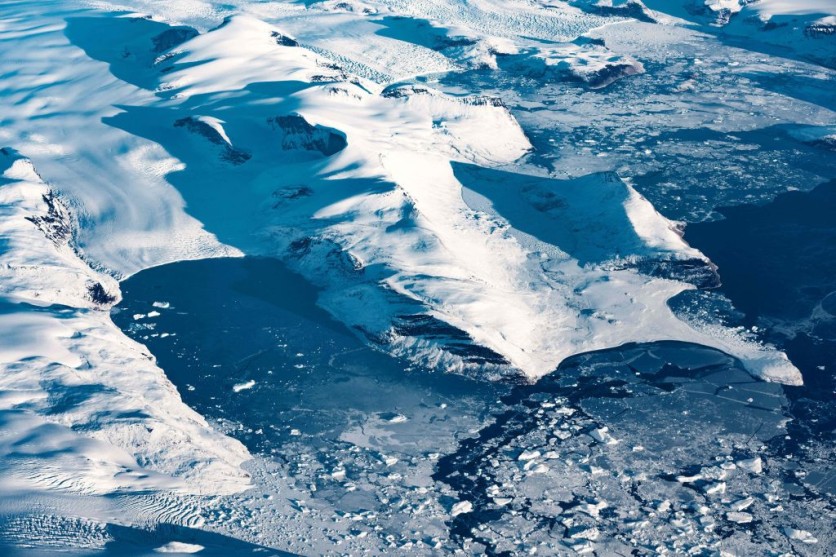Greenland's glaciers are melting at an alarming rate, with a fivefold increase in the last two decades due to global warming. Unlike previous research focusing on the primary ice sheet, this study highlights the overlooked role of thousands of glaciers in Greenland's ice dynamics and sea level rise.

Exposing a Fivefold Increase in Glacier Melt
Greenland's glacial meltdown is accelerating, surpassing previous rates, as outlined in a recent study conducted by researchers from the University of Copenhagen and Arizona State University. The study exposes a fivefold increase in glacier melt over the past two decades, attributing it to the impacts of global warming.
Unlike previous research that concentrated on the primary ice sheet covering 80 percent of Greenland, Interesting Engineering reported that this study scrutinized the thousands of overlooked glaciers, emphasizing their pivotal role in the island's ice dynamics and contributing to rising sea levels.
The team scrutinized satellite imagery and historical photos dating back over 130 years, with the latter discovered in a castle outside Copenhagen a decade and a half ago. Originally taken by Danish military pilots, the researchers digitized these images and juxtaposed them with contemporary satellite data to quantify the changes in the icy terrain.
This comparative analysis unveiled a distressing acceleration in glacier retreat over the past 20 years. The study determined that the retreat rate in the 21st century has been twice as rapid as in the preceding century, with glaciers receding at an average of 25 meters per year, a stark contrast to the 5-6 meters per year recorded in the 1900s.
The historical response of Greenland's peripheral glaciers to climate change remains extensively unrecorded. Researchers employed historical aerial photographs and satellite imagery to meticulously observe the length variations of over 1,000 land-terminating peripheral glaciers in Greenland for more than a century.
Reuters reported that the findings reveal that the rate of glacier retreat in the past twenty years has doubled compared to the twentieth century, signaling a widespread shift into a new and accelerated phase of downwasting.
Expressing Optimism
The study's lead author and an assistant professor at Arizona State University School of Ocean Futures Laura Larocca emphasized the substantial time and manual effort invested by numerous contributors in conducting this research. The findings underscore the Arctic's rapid warming and transformative evolution.
Published in Nature Climate Change, Larocca anticipates that this visually compelling study will effectively highlight the swiftly vanishing landscape and its peril to global coastlines amid rising sea levels.
Emphasizing the significance of our decisions and activities in the coming decades to curb emissions, Larocca underscores that even a marginal temperature uptick can have substantial consequences for glaciers and their role in elevating sea levels. Urgent measures to restrict global temperature escalation are crucial in averting impending loss and harm to these vital glaciers.
Related Article : NASA Study Reveals Himalayas Glaciers Rapidly Melting Amid Worsening Climate Crisis

ⓒ 2025 TECHTIMES.com All rights reserved. Do not reproduce without permission.




